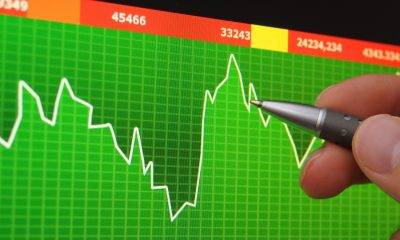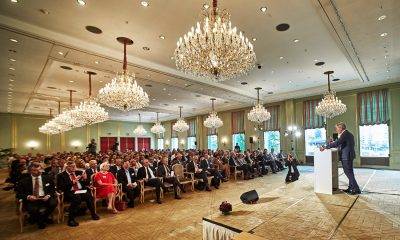

Economy
Asian Development Bank’s Latest Report on the Indonesian Economy
According to the Asian Development (ADB) has predicted an economic growth of 5.1% in Indonesia in 2017 and 5.3% in 2018.
Winfried Wicklein, the new Country Director for Indonesia at the ADB, sees a very healthy growth pace for Indonesia’s USD $930 billion economy in the foreseeable future, supported by the government’s series of economic policy packages that – among other matters – aim to improve the nation’s investment climate. For example, several sectors within the economy have been opened (wider) for foreign direct ownership and this should give a boost to foreign direct investment (FDI) inflows in the years ahead.
Meanwhile, generally rising commodity prices are expected to improve people’s purchasing power (especially on resource-rich islands such as Kalimantan and Sumatra) and therefore boost private consumption (domestic consumption accounts for about 58 percent of Indonesia’s total economy). But rising commodity prices will not only encourage domestic consumption, it will also lead to rising private investment with export prospects expected to improve, the ADB says.
The ADB also emphasized the importance of reducing the skills gap in Indonesia. Despite the central government allocating 20 percent of the annual state budget to education, Indonesian graduates often lack the skills that are required by domestic industries. More efficient public spending on education – as well as attracting more private investment in this sector – would therefore be one of the key long-term solutions for the whole economy.
Other points that were stressed by the ADB in its annual Asian Development Outlook, released on Thursday (06/04) are the need for Indonesian authorities to remain committed to infrastructure development and deepen structural reform. Regarding the latter the ADB primarily refers to Indonesia’s low tax revenue realization that causes the government’s annual revenue shortfalls and undermines the possibility of greater public spending on structural economic and social development programs.















